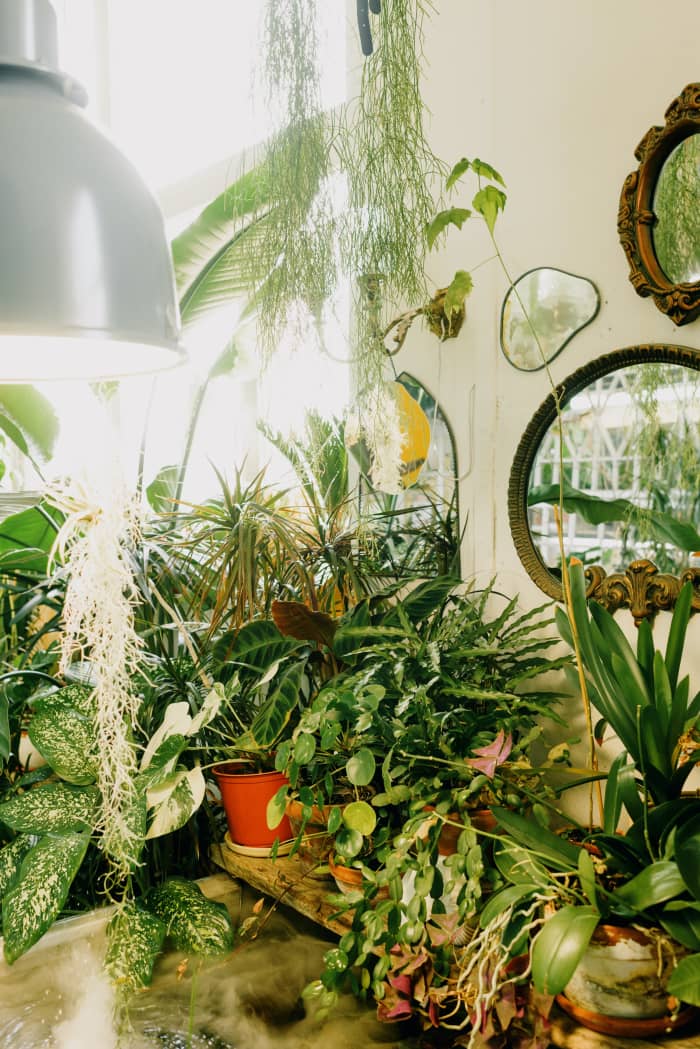Home Gardening Tips for Sustainable Living

Home Gardening for Sustainable Living: Tips to Get You Started
Ever dreamed of turning your home into a green oasis that not only looks great but also helps the environment? Welcome to the world of home gardening for sustainable living. It's not just about growing pretty flowers; it's about creating a space that supports green living and self-sufficiency. Let's dive in!
Why Bother with Sustainable Home Gardening?
Before we get our hands dirty, let's talk about why sustainable gardening matters. It's all about reducing our carbon footprint, conserving water, and creating a safe haven for local wildlife. Plus, growing your own food means fewer trips to the grocery store. It's a win-win!
Getting Started: The Basics of Organic Gardening
Organic gardening is the heart of sustainable living. It's about working with nature, not against it. Here's how to get started:
- Ditch the Chemicals: Say goodbye to pesticides and hello to natural alternatives like neem oil or homemade garlic spray.
- Love Your Soil: Healthy soil equals healthy plants. Use composting to enrich your soil naturally.
- Choose the Right Plants: Pick plants that thrive in your climate. Native plants are often the best choice.
The Art of Composting
Composting is like magic for your garden. It turns kitchen scraps and yard waste into nutrient-rich soil. Here's a quick guide:
- What to Compost: Fruit and veggie scraps, coffee grounds, eggshells, leaves, and grass clippings.
- What to Avoid: Meat, dairy, diseased plants, and pet waste.
- How to Do It: Layer greens (nitrogen-rich materials) and browns (carbon-rich materials), keep it moist, and turn it regularly.
Permaculture: Designing a Self-Sustaining Garden
Permaculture is all about creating a garden that takes care of itself. Sound too good to be true? Here are some tips:
- Observe Your Space: Watch how the sun moves, where water naturally flows, and where the wind blows.
- Design for Efficiency: Place elements in your garden so they work together. For example, a tree can provide shade for plants that don't like full sun.
- Use Every Space: Don't waste an inch! Grow vertically, use hanging baskets, and tuck plants into every nook and cranny.
Water Wisely
Water is a precious resource, so use it wisely. Here's how:
- Collect Rainwater: Set up a rain barrel to collect water for your plants.
- Mulch: Add a layer of organic material around your plants to retain moisture.
- Water Deeply but Infrequently: This encourages deep root growth, making your plants more drought-resistant.
Grow Your Own Food
Growing your own food is a big step towards self-sufficiency. Start with easy-to-grow crops like lettuce, tomatoes, and herbs. Before you know it, you'll be enjoying homegrown salads!
Attract Beneficial Wildlife
Turn your garden into a wildlife haven. Here's how:
- Plant for Pollinators: Bees, butterflies, and other pollinators love plants like lavender, sunflowers, and milkweed.
- Provide Water: A birdbath or small pond can attract a variety of creatures.
- Create Habitat: Leave some areas wild for critters to nest and hide.
Reduce, Reuse, Recycle in the Garden
Sustainable gardening isn't just about what you grow; it's also about what you don't throw away.
- Reduce: Buy plants and seeds in bulk to reduce packaging.
- Reuse: Turn old pots into planters and use kitchen scraps for compost.
- Recycle: Choose recycled materials for garden structures and tools.
The Lazy Gardener's Guide to Maintenance
Sustainable gardening doesn't have to be a full-time job. Here are some low-maintenance tips:
- Choose Low-Maintenance Plants: Some plants need less water and care than others. Do your research!
- Automate Watering: Set up a drip irrigation system to water your plants for you.
- Let Nature Do the Work: Encourage beneficial insects and birds to keep pests in check.
Join the Sustainable Living Community
You're not alone in your sustainable living journey. Connect with others for tips, support, and inspiration. Check out local gardening groups or online forums.
Learn More About Sustainable Living
Want to dive deeper into sustainable living? Check out the U.S. Environmental Protection Agency's guide to sustainability. It's packed with info and resources.
Conclusion
Home gardening for sustainable living is more than just a hobby; it's a lifestyle. It's about connecting with nature, reducing our impact on the planet, and creating a beautiful, productive space. So, what are you waiting for? Get out there and start digging!
FAQs
What if I don't have a lot of space for a garden?
- No problem! You can grow plenty of plants in containers on a balcony or patio. Look into vertical gardening and hanging plants too.
How do I deal with pests naturally?
- Try companion planting, where certain plants naturally repel pests. You can also use natural sprays like neem oil or soap water.
What if I'm not sure what to plant?
- Start with easy-to-grow plants like herbs, lettuce, and marigolds. Your local nursery can also give you advice tailored to your climate.
How do I keep my garden low-maintenance?
- Choose plants that are well-suited to your climate and soil. Also, consider setting up an automatic watering system.
What if I'm new to gardening and not sure where to start?
- Start small with a few plants. Join local gardening groups or take a class to learn the basics. Don't be afraid to make mistakes—it's all part of the learning process!
0 Response to " Home Gardening Tips for Sustainable Living"
Post a Comment